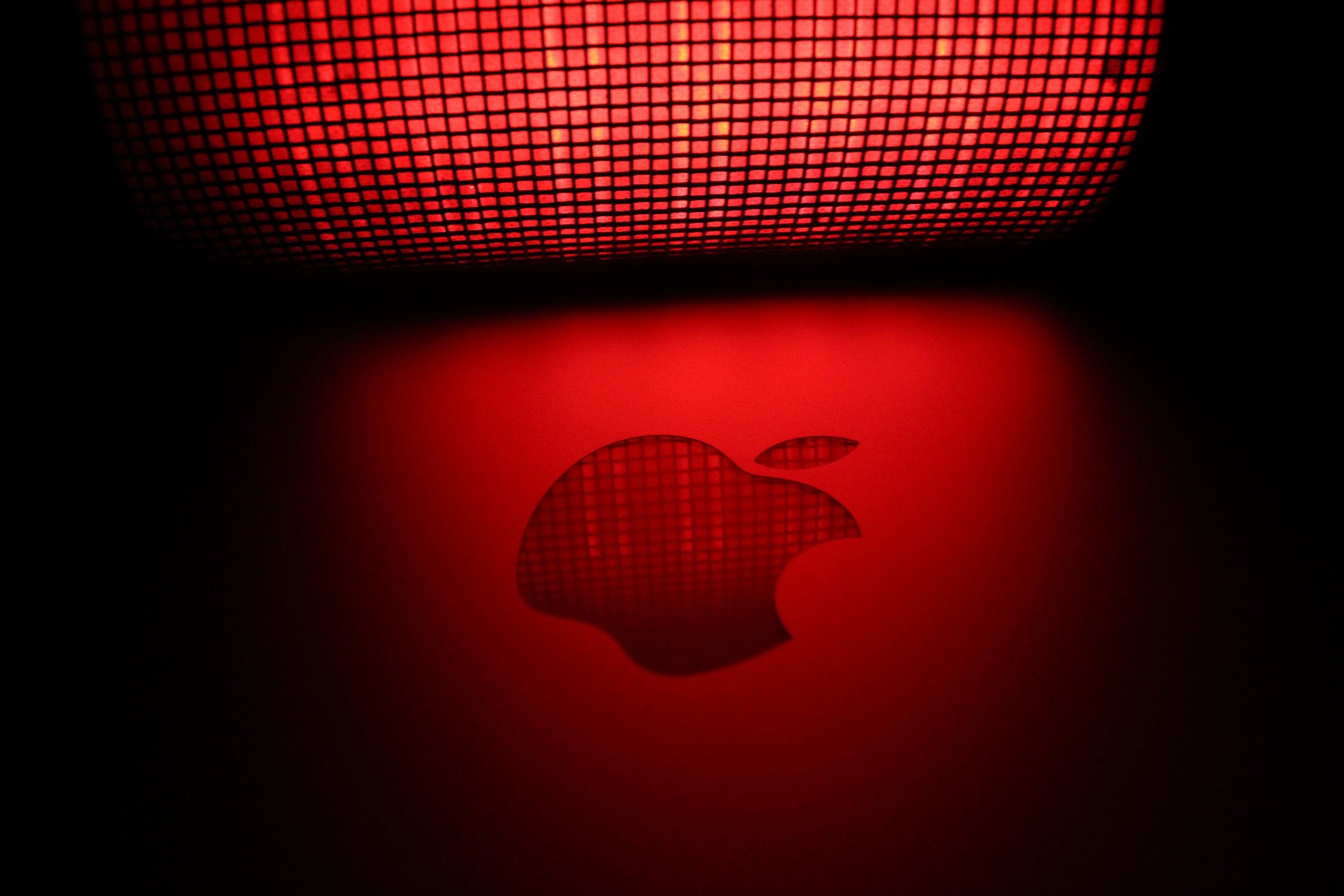The iPhone 13: Features, Improvements, and Whether or Not to Upgrade to the 13
Once again, Apple has rolled out a new phone, promising it to be the leader in cutting-edge cellular technology. But is it worth switching to?
Here’s everything you need to know about the iPhone 13.
Pricing
The cost of the iPhone 13 starts at $699 for the mini, $799 for the 13, $999 for the Pro, and $1099 for the Pro Max. Keep in mind that the storage capacity you select increases the price. Most mobile carriers offer similar, if not identical, monthly payment plans for the iPhone 13. Learn more about carriers and pricing for the iPhone 13 here.
Storage
The iPhone 13 comes with larger storage options than ever before, ranging from 128 GB, 256 GB, 512 GB, and up to 1 TB for the iPhone 13 Pro and Pro Max.
Colors
Pink, Blue, Midnight, Starlight, and Red
Sizing
The iPhone 13 mini is 5.4 inches, the iPhone 13 is 6.1 inches, the iPhone Pro is 6.1 inches, and the iPhone Pro Max is 6.7. The iPhone 13 models are all a bit sleeker in terms of weight compared to older models.
Battery Life
The iPhone 13 mini lasts ~6.5 hours, the 13 lasts ~7.5 hours, the iPhone 13 Pro lasts almost 8 hours, and the Pro Max lasts almost 10 hours.
Camera
12 MP, better sensor, ultra-wide lens, 47% more light capture, Cinematic Mode
Improvements:
Arguably the biggest improvement seen in the iPhone 13 is its camera and filming capabilities. The lenses are on a diagonal to accommodate the wide camera sensor. The wider sensor brings in 47% more light than the iPhone 12 for better low-light performance. Sensor-shift image stabilization is a feature for all models, something previously limited to the iPhone 12 Pro Max. The camera sensor is faster as well.
Cinematic Mode uses rack focus, a technique that allows the camera focus to shift from one subject to another while filming in 4K. Photographic Styles supplies a range of upgraded filters. Night mode has also improved.
According to Apple, the iPhone 13 has a battery life up to two hours longer than the iPhone 12 due to larger batteries and the A15 chip. The A15 Bionic chip is another advance that makes the 13 models faster. Compared to the iPhone 12, the 13 has a 120Hz display, which means a faster refresh rate and smoother scrolling. Users will see brightness and resolution improvements as the Super Retina XDR display is 28% brighter. The smaller Face ID notch means that users get to enjoy a small bit more screen.
Should I Switch?
If you have an older gen phone, you can trade it in for a discount on the iPhone 13. If you’re looking for 5G capability that’s more affordable, the iPhone 12 may be a better fit for you. Like the iPhone 13, the 12 has the same ceramic shield display for drop durability. It also has the same water-resistance of IP68. However, the prices for the 128GB and the 256GB iPhone 13 are only $50 more than the price of the 12 with the same storage, so if the upgrades of the 13 appeal to you, it’s definitely worth the cost.
Want to continue learning? Check out some of our most recent blogs.
The 9 Most Popular Technology Websites You Need to Know in 2022
Importance of Cyber Security Services Today
Moving to the Cloud: Advantages and Challenges of Cloud Migration





